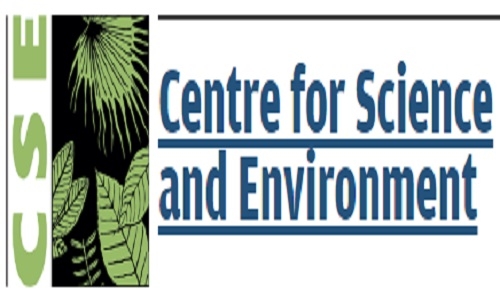52% of State’s people live beyond air quality monitoring network, says CSE
12 Jul 2023 08:01:50

By Kaushik Bhattacharya
Due to poor spatial planning by implementing agencies, 52 per cent population of Maharashtra lives outside the 50 km radius coverage of combined manual and real-time air quality monitoring network, claimed a study conducted recently by Centre for Science and Environment (CSE), New Delhi. The study exposes the sad state of air quality monitoring in the country which also mentioned the performance of Maharashtra. “Number of manual monitoring stations have doubled since 2010, while there is a 20-fold jump in the number of real time monitoring stations; yet, 47 per cent population of the country lives outside the air quality monitoring network and 62 per cent do not have access to daily alerts on local air quality index,” it says.
About Maharashtra, the study says, “Despite 7 per cent population of Maharashtra lives within 2 km radius of combined ambient air quality networks (National Air Quality Monitoring Programme (NAMP) and Continuous Ambient Air Quality Monitoring Station(CAAQMS), which is second in the country, just 52 per cent lives outside the 50 km radius coverage of combined network.” According to notified criteria for monitoring pollutants, 104 days of monitoring of PM2.5 is required out of 365 days for any state or city. However, the manual PM2.5 monitors in Maharashtra do not meet the minimum requirement of 104 days of monitoring in a year, the study reveals. The group of pollutants covered for NAAQS includes particulate matter less than 10 and 2.5 micron size (PM10 and PM2.5), nitrogen dioxide (NO2), sulphur dioxide (SO2), carbon monoxide (CO), ozone (O3), ammonia (NH3) and lead (Pb). These also qualify for Air Quality Index (AQI) calculations. According to the study, PM10, NO2 and SO2 are most widely monitored, the monitoring of PM2.5 is comparatively not as extensive and that of ozone is very limited. Monitoring of ammonia and lead and air toxins like benzene etc. is very sparse.
Manual stations are mandated to monitor SO2, NO2, PM10 and PM2.5. Real-time stations usually monitor six pollutants -- SO2, NO2, PM10, PM2.5, CO and ozone. Many stations do not monitor all the pollutants. The Nagpur city, which comes under the Central Pollution Control Board’s (CPCB) non-attainment list, have six manual monitoring stations that calculate all four pollutants. However, the only functional real-time station in Nagpur calculate SO2, NO2, PM10, and PM2.5 only. Maharashtra Pollution Control Board (MPCB) installed four new CAAQMS stations last year at different locations of the city but it is yet to get functional on CPCB’s real-time air quality monitoring website which was prepared to access air quality data to the public. “There are some software issue is going on with the newly installed CAAQMS due to which it is not visible in the website. We are working on to resolve the issue. However, our electronic boards installed in some parts of the city is showing the air quality data of the newly installed CAAQMS,” Umakant Bahadule, Sub Regional Officer, MPCB, told The Hitavada. He further said, “The new CAAQMS are monitoring the CO2 and NO2 data also which we display on the electronic boards in the city.” The CSE study also claimed that over 100 manual monitoring stations have been added since 2020, but their data is not in the public domain.